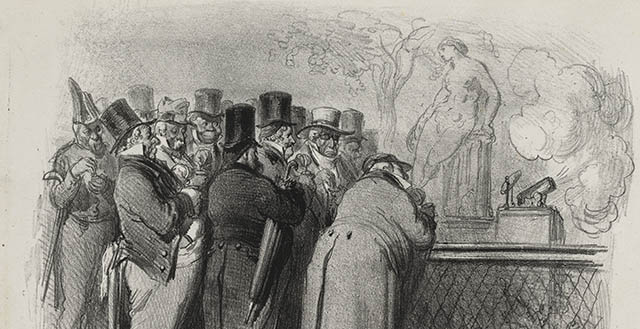
What Time Is It?
The answer to this question can be found by looking at the clock. But how did people set their clocks in olden times? Many cities had so-called noonday cannons. Under clear skies, the sun would ignite the gunpowder at precisely 12.00 noon. The detonation could be heard far and wide.
Small, ingenious sundials existed for everyday use. Solar sextants were remarkably simple and reasonably priced. With a book of tables, time could be determined almost precisely to the minute.
Whoever wished to obtain even more precise information required a so-called transit telescope. This instrument enabled the determination of time in the seconds range. However, the prerequisites for this manner of telling time were precise tables and a knowledge of astronomy.
English clockmaker Edward Dent introduced his “Dipleidoscope” in 1844. The small instrument had no moving parts. By means of a glass prism, it enabled the determination of the time for solar noon.